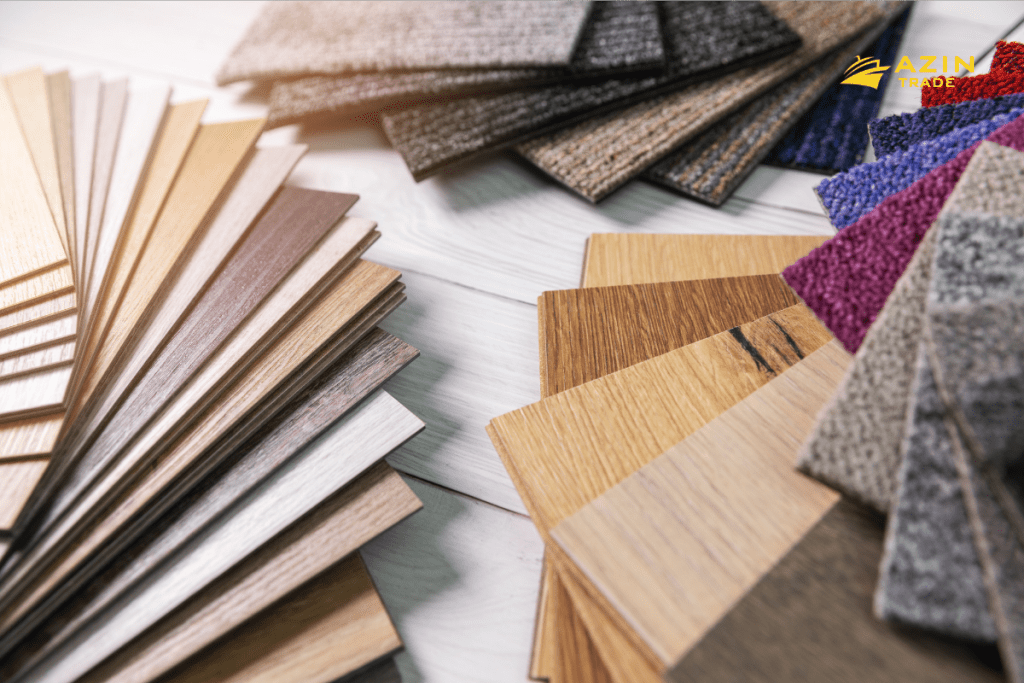
Unveiling Ancient Alternatives: Exploring Flooring Materials Beyond Tiles
Introduction:
Welcome to our captivating journey into the world of flooring materials that predate the ubiquity of tiles. While tiles have become a popular choice in contemporary design, history reveals a diverse array of captivating alternatives that graced the floors of ancient civilizations. Join us as we delve into the fascinating past, exploring the materials and techniques that were employed in lieu of tiles to create remarkable and enduring flooring masterpieces.
Paragraph 1:
Long before the advent of tiles, civilizations throughout history demonstrated remarkable ingenuity in crafting innovative flooring solutions. These alternatives were not only functional but also r…
Coal Exploration: Before mining can begin, geological surveys and exploration activities are conducted to identify potential coal deposits. This involves studying rock formations, conducting drilling tests, and analyzing core samples to estimate the quantity and quality of coal present.
Coal Mining: Once a viable coal deposit is identified, mining operations begin. There are two main methods of coal mining:
1.Surface Mining:
This method is used when coal deposits are located close to the Earth’s surface. It involves the removal of overlying rock and soil layers (known as overburden) to expose the coal seams. Large earth-moving equipment, such as draglines, excavators, and trucks, are used to extract the coal.
2.Underground Mining:
When coal deposits are deeper underground, underground mining techniques are employed. There are different methods of underground mining, including room and pillar mining and longwall mining. These methods involve the extraction of coal by cutting into the coal seam and removing it in a controlled manner.



